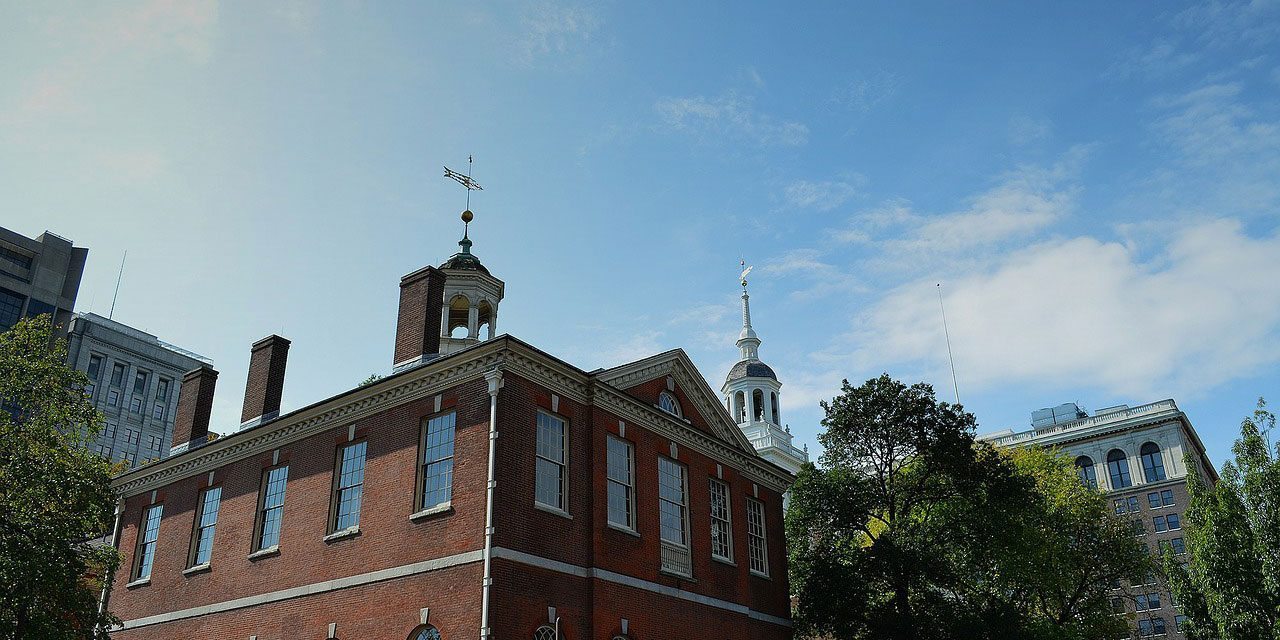New study finds that millennials also favor historic character
RESTON, Va., June 30, 2017 — The Founding Fathers’ preference for brick buildings created historic spaces that now resonate with millennials. Made in America from abundant natural resources, fired-clay brick was an integral part of early urban design and often mandated for fire safety.
Demonstrating enduring appeal, a new survey by the National Trust for Historic Preservation and American Express found that millennials tend to value a mix of old and new buildings where they live, dine shop and travel.
The survey cites that 44 percent of millennials prefer living in a neighborhood with historic character and are twice as likely to shop or dine in historic downtowns and places with historic appeal. They also value authentic experiences, with 71 percent preferring authentically crafted products.
“Brick’s inherent fire resistance and superior durability make it a perfect building strategy for safety and sustainability,” said Ray Leonhard, president and CEO, Brick Industry Association (BIA). “It also offers dramatically greater protection from wind-blown debris, and doesn’t have to be painted or replaced.”
As a natural material that does not burn, melt or combust, brick was also mandated for its fire resistance.
After rampant fires plagued Boston, the 1679 Boston building code required houses to be made of brick or stone with slate or tile roofs.
 The Philadelphia Contributionship, founded in 1752 by Benjamin Franklin and his fellow firefighters, charged the lowest insurance premiums for brick buildings based on Contributions to a Loss per Fire. The highest premiums were charged for timber houses or houses with plastered wooden partition walls.
The Philadelphia Contributionship, founded in 1752 by Benjamin Franklin and his fellow firefighters, charged the lowest insurance premiums for brick buildings based on Contributions to a Loss per Fire. The highest premiums were charged for timber houses or houses with plastered wooden partition walls.
President George Washington’s 1791 building regulations for the nation’s capital required the outer and party walls of all houses in the city to be made of brick or stone, largely for fire safety and urban design. Thomas Jefferson followed suit with the regulations in 1801.
Threatened by fires in wide open spaces with no water systems, New York City building regulations in 1795 required all new buildings higher than 25 feet to be made of brick or stone with slate or tile roofs.
Founded in 1934, BIA is the nationally recognized authority on clay brick construction representing the nation’s distributors and manufacturers of clay brick and suppliers of related products. 703-620-0010 www.gobrick.com




